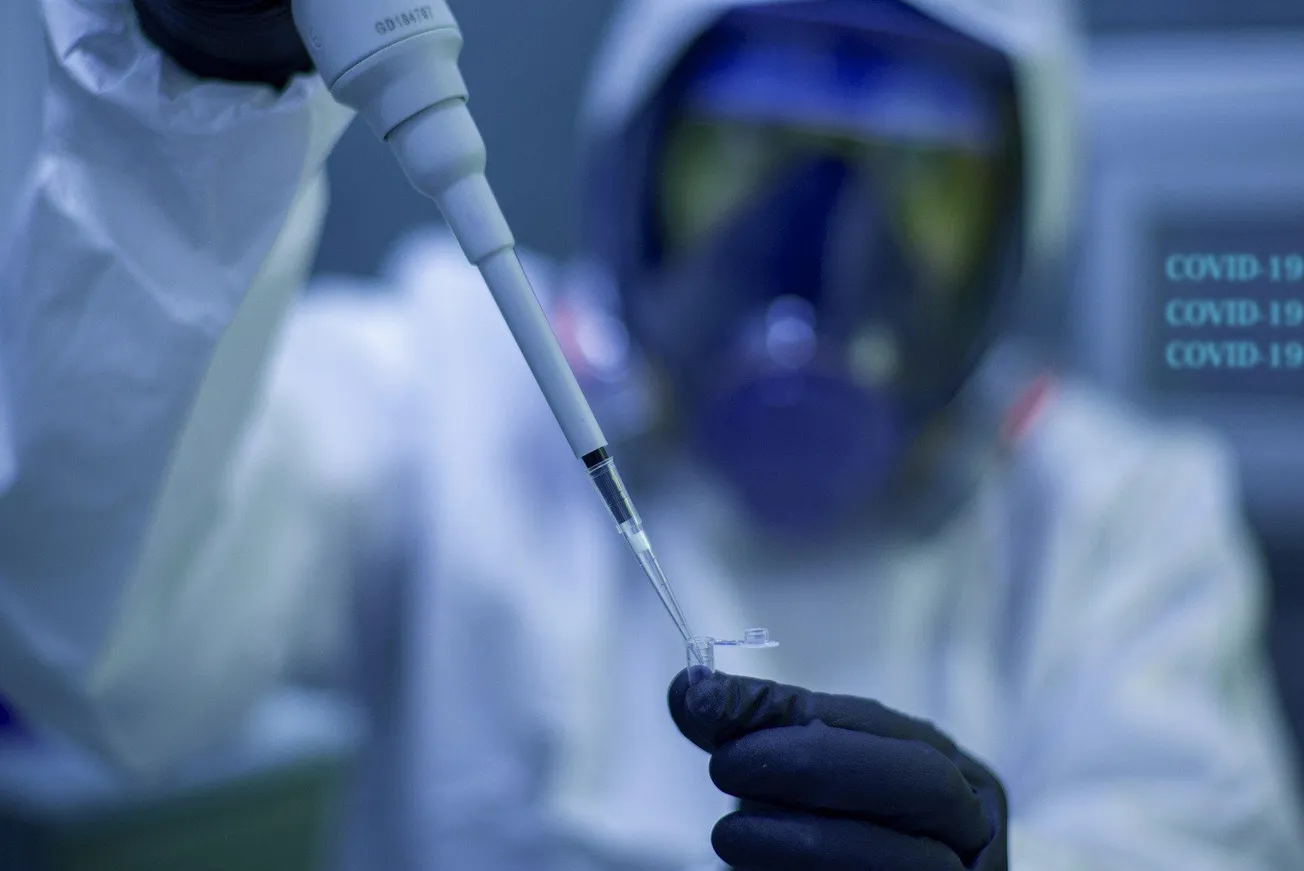The Center for Disease Control’s (CDC’s) guidance issued on Monday, to cut in half the recommended isolation period for asymptomatic COVID-19 cases, is a directive driven not by science, but by pragmatic adaptation to the very policy errors and popular mindset that created the incompetent approach to the pandemic in the first place. Under pressure from CEOs and “popular opinion,” in the face of manpower shortages across the economy resulting from not adopting the required policies all along, the new directive may solve a manpower shortage problem momentarily – at the cost of significantly raising the rate of transmission in the near future.
This CDC guidance expands on last week’s one for healthcare workers, also done under the duress of staffing shortages.
The reason cited by the CDC for ending isolation in half the time is that the “majority” of transmission is in the 1-2 days prior to the onset of symptoms and 2-3 days afterwards. But what qualifies as the “majority” of transmission is left open – and in fact, it may be as low as 60%. Dr. Emily Landon, infectious disease expert at UChicago Medicine says: “The CDC is right. The vast majority of the transmissions happen in the first couple of days after the onset of symptoms… but the data show that about 20 to 40% of people are still going to be able to transmit COVID after five days.”
The CDC points to Omicron data on transmission from South Africa and the United Kingdom (UK). But they conspicuously omit a guidance to carry out a simple test on day 5, before sending out a still-infected individual. Even the United Kingdom includes such a test. “CDC’s new guidance to drop isolation of positives to 5 days without a negative test is reckless,” according to Dr. Michael Mina, chief scientific officer at eMed. “It’s frankly reckless to proceed like this,” said Dr. Eric Topol, founder and director of the Scripps Research Translational Institute. “Using a rapid test or some type of test to validate that the person isn’t infectious is vital…. There’s no evidence, no data to support this.”



